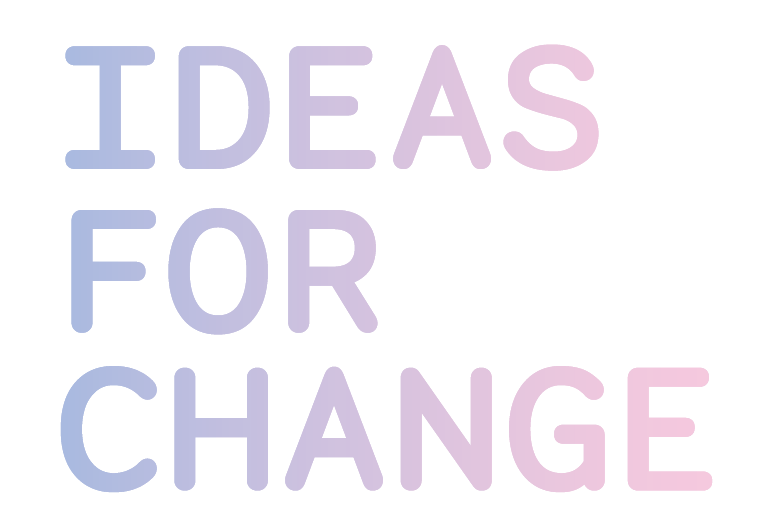Chronicle of a kickoff: the HeriTACT project and how to enhance cultural and historical heritage
By Anna Higueras, Project Manager.
(Originally published in English)
Key points before reading it ;)
We dive into the New European Bauhaus principles among its many action plans, such as the NEB Compass.
Inclusivity as a way to enhance democratic participation in urban heritage.
HeriTACT solutions replicable from other contexts,
how are they going to be implemented in the cultural heritage perspective?
World cafe workshop to activate the pilot sites.
Some days ago, we held a very special kickoff meeting in Milan of the HeriTACT project, an EU funded project under the auspices of the New European Bauhaus (NEB) initiative. HeriTACT aims to bridge the past and the future of urban heritage in a more inclusive, sustainable and participatory way.
These days have been an opportunity to get to know the Consortium – formed by University of Patras (UoP), Mayo County Council, Accelerating Change Together (ACT), University College Dublin (UCD), Institute for Advanced Architecture of Catalonia (IAAC), Stefano Boeri Architetti, THINGS, MENTOR in Culture, 2023 Eleusis European Capital of Culture, Municipality of Elefsina, Comune di Milano, University of the Aegean, European Network of Cultural Centres, LAND and us, Ideas for Change – and start in the right mood: sunny, collaboratively, participating in interactive and hands-on activities and sharing knowledge and ideas to enhance a smooth start and to reach the ambitious yet exciting objectives of the project.
During the first day of the encounter, the coordination team from the University of Patras had the chance to give insights about the way we will internally organise for the next 36 months: project management, tech and economic reporting, meetings online and in person, the governance of the consortium, all very important elements for the project to run smoothly and effectively. Then we moved on to the creative and exciting part. At its core, HeriTACT will introduce innovative and inclusive architectural design solutions as well as cultural-artistic practices to support environmental, cultural, and social sustainability and to strengthen the creative industries through community awareness and policy making across European urban areas spotted in: Milano (Italy), Ballina (Ireland) and Elefsina (Greece).
We went deep into the NEB principles, thanks to the presentation of partner University College of Dublin, by diving into very relevant initiatives and guidelines such as the NEB Compass, a guiding framework for decision and project makers.
In addition, we learnt about accessibility, usability and inclusiveness hand in hand with AEGEAN University, a foundational aspect of the project as inclusion is key for a representative and successful participation and engagement strategy. Following this point, partners in charge of providing the different tools to be integrated in the HeriTATC Toolkit, practices that will allow active citizen participation into reactivating their cultural heritage, presented an overview of them:
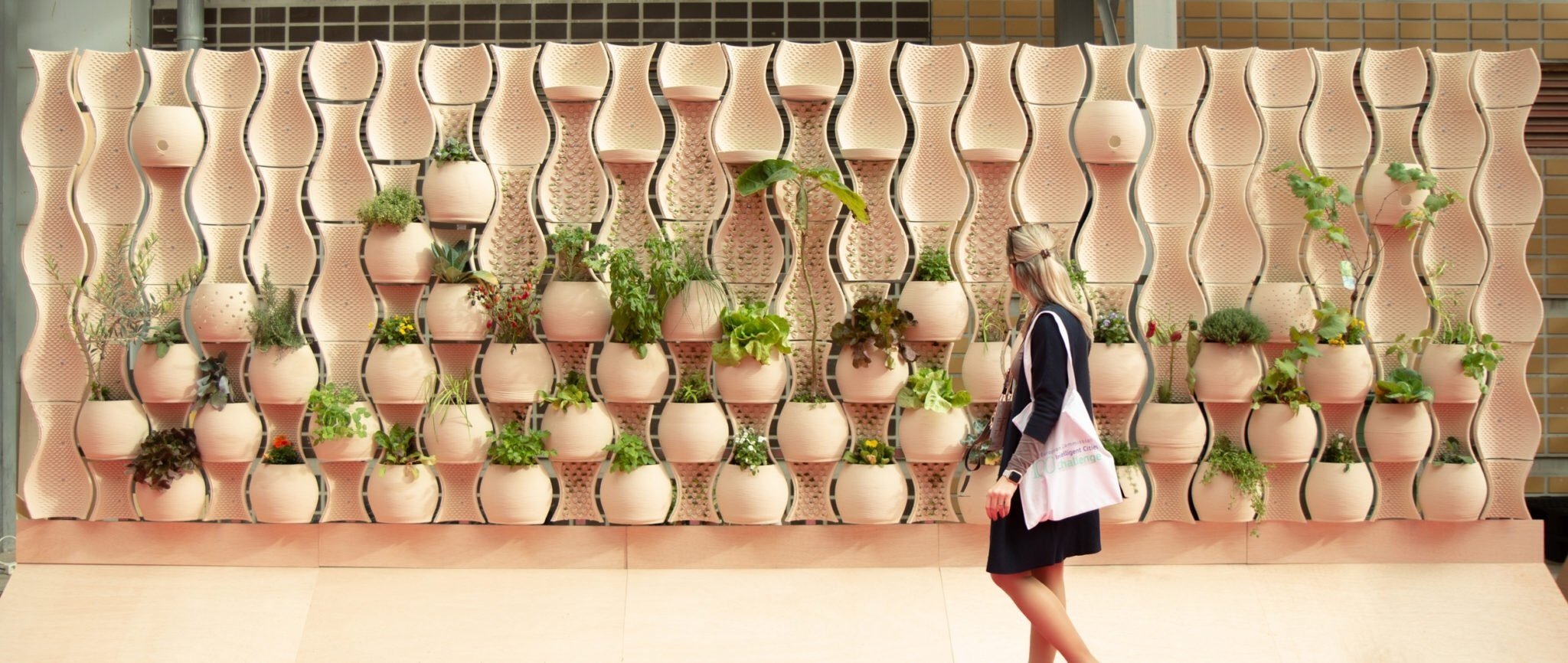
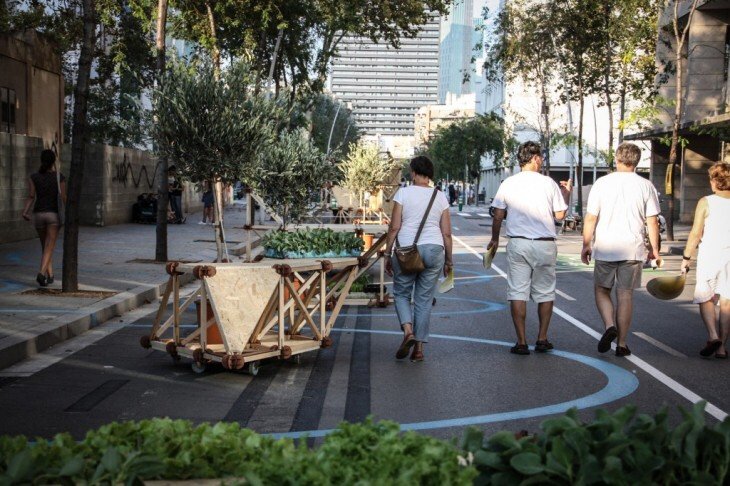
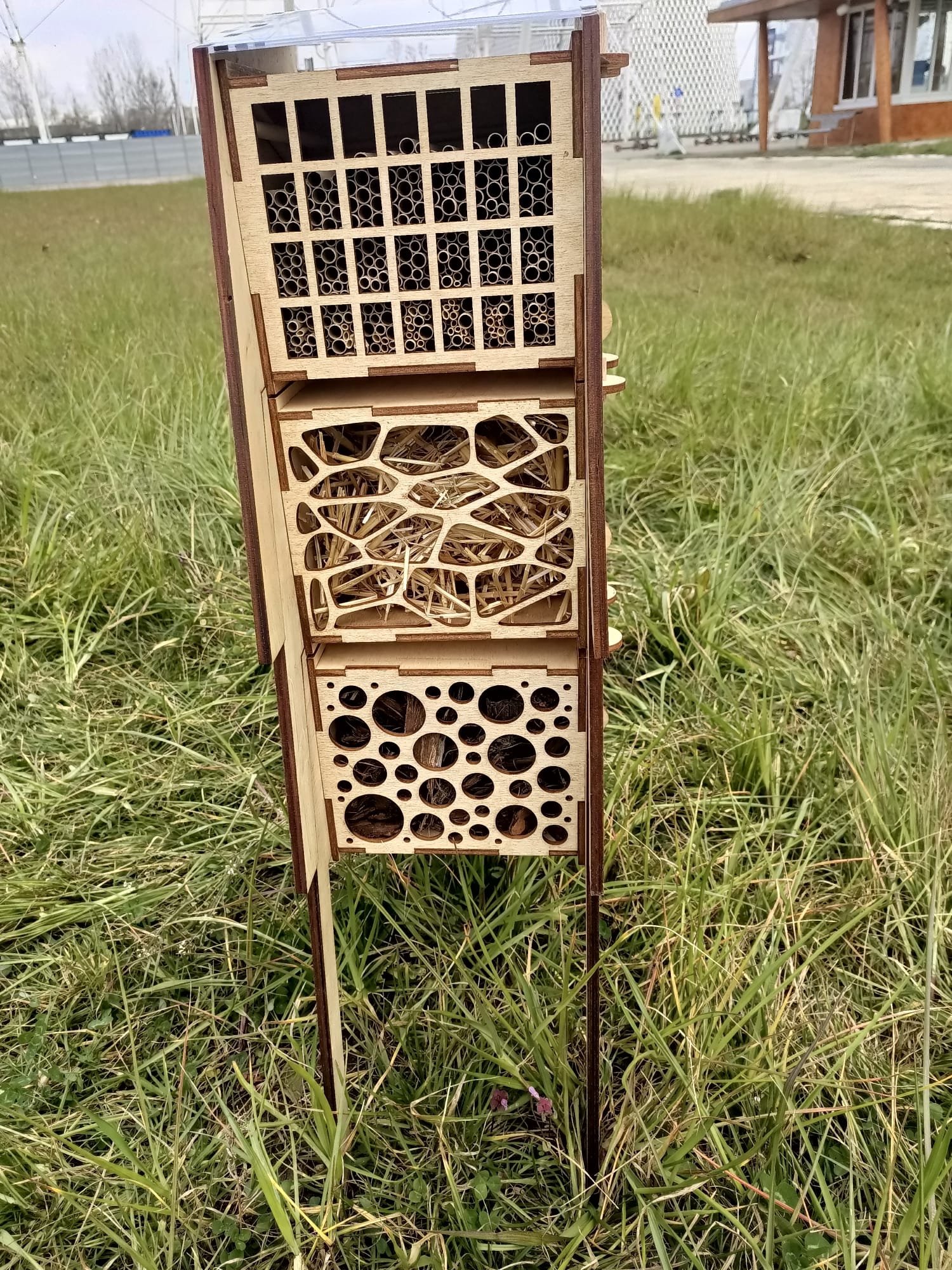
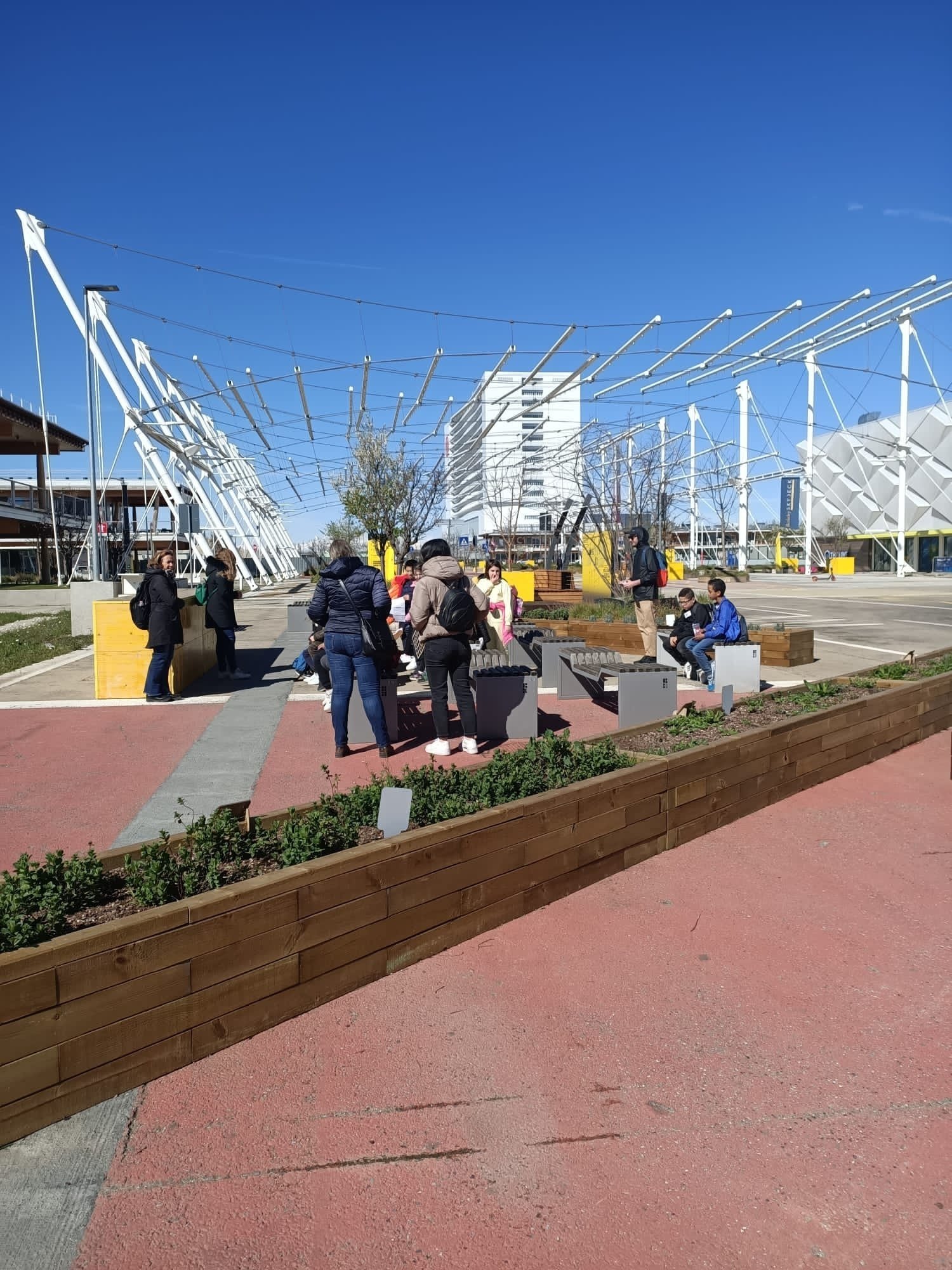
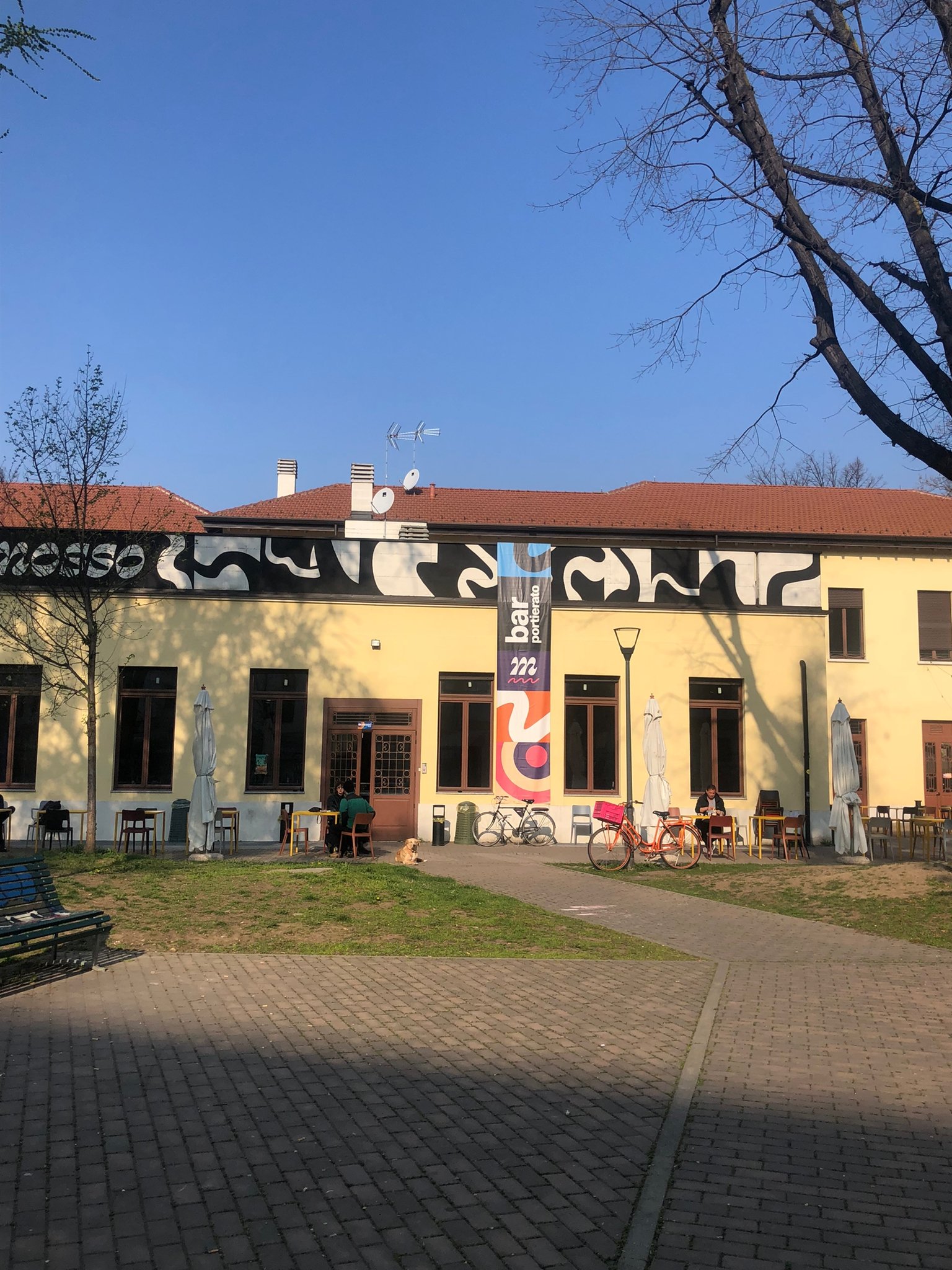

ParticiMap tool, developed by UCD, is a participatory mapping open source tool to empower local communities and enable a proactive dialogue with stakeholders on reuse and enhancement of cultural heritage while promoting participation through the use of advanced digital technologies.
SustainTAG tool, developed by ACT, will assist local actors in mapping actions, across the Global SDGs, by developing an innovative tagging system and embedding Augmented Reality and Virtual Realities with co-design practices.
UserSence tool, developed by AEGEAN, will bring to HeriTACT the use of dedicated sensors for psycho-physiological signals of users, as indicators for the users’ emotional state during their experience with the products, tools, or services that are being developed and tested.
DesignYourHeritage tool, developed by IAAC, will provide a palette of NEB solutions together with the tridimensional model of the HERITACT pilots to boost participatory co-design processes through a gameful approach. The palette will include an impact score for several indicators like sustainability, aesthetic quality, inclusiveness and a description of the solutions.
HERICraft tool, developed by UCD, an open source tool based on the Minecraft approach, will provide a new way to represent the cultural built environment, by extending its application to any regeneration project carried out by municipalities where the active participation of local communities is sought.
Fund4Act tool, developed by ACT, will enhance decentralized financing and act as facilitator of creative works (film, music, art, theater, games, comics, design, photography), cultural products and sustainable solutions. The tool offers an end-to-end solution for seeking fundraising in this domain, including tracking and recording functionalities NegoDesign tool, developed by UCD, is inspired by GeoDesign Hub and will be used by local partners when conducting digital negotiation workshops in each of the three cities. The participatory element of these workshops will provide the community and stakeholders with a voice and opportunity to come together, collaborate, and negotiate through geodesign methods, in reimagining the space and produce a joint vision for a more community focused use of urban areas. All in all, NegoDesign will represent an open source game-based tool for collaborative decision making through system thinking.
During the first day, we explored the different phases that will carried out pilot cities, such as the co-recognition and co-envision phase in which stakeholders mapping and activation will take place as well as the recognition of the community. This will be followed by the creation of the HeriTACT Hubs. A System Dynamics modelling approach will be developed to analyze loops and behaviours. Finally we’ll embark into co-envision practices. These actions will be made by local partners, MENTOR, ACT and University of Patras.
After these discussions, last activity of the day has been dedicated to a speed-dating’ activity via DesignYourHeritage Tool, led by IACC. This collective exercise allowed each of the tools providers to shortly introduce their opportunities and potential to the 3 pilot cities (Milan, Elefsina, Ballina), and to start projecting needs and angles for the pilot development phase. Ideas were as inspiring as, for example, the possibility of generating and experiencing music from the rainy water in Mayo :)
The second kickoff day was as exciting as the first It was a mind-blowing marathon of understanding the different solutions that can be adapted to the pilot sites:
i) Urban mobile furniture, ii) Digitally fabricated vegetable garden, iii) Temporary structures from recycled material design and development (IAAC)
Reactivation of open spaces through Natural Based Solutions (NBS) (LAND)
i) Small scale Pavilion structure design and development, ii) Projection mapping on kinetic surfaces, iii) Virtual exhibition archive, iv) Green tensegrity installation design and development (UoP)
AR enriched human-place interaction (THINGS)
Activation events (ACT)
Finally we also got time to explore how the impact assessment will be implemented, together with a specific dimension dedicated to social inclusion and how that will be evaluated, and the dissemination and communication strategy that will be followed.
As the grand finale, the third and last day was dedicated to the joint event with our sister project funded under the same NEB Call, Palimpsest, that is dedicated to regenerating the lost sustainability wisdom in heritage landscapes through co-creation. The session was a very good chance to hear from the European Commission representatives, the team that is making the NEB a reality, and the similar projects about transforming urban areas into livable futures.
That was a wrap up and a warm welcome under the emblematic city of Milano. Thanks to University of Patras, Comune di Milano and LAND for the coordination and management of the event. Now it's time for action! We will start addressing the steps for making the NEB vision a reality when reinventing experiments with heritage: make it beautiful, sustainable, with everyone ;)
Keep reading:
Did you like this article?
Receive more content like this in your inbox!
